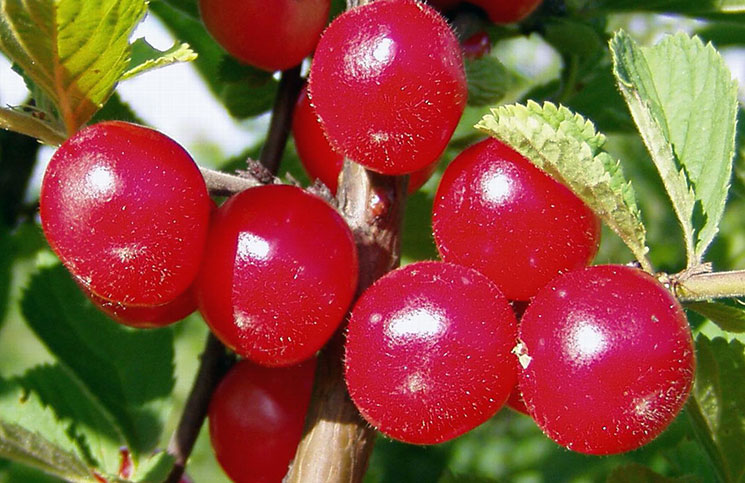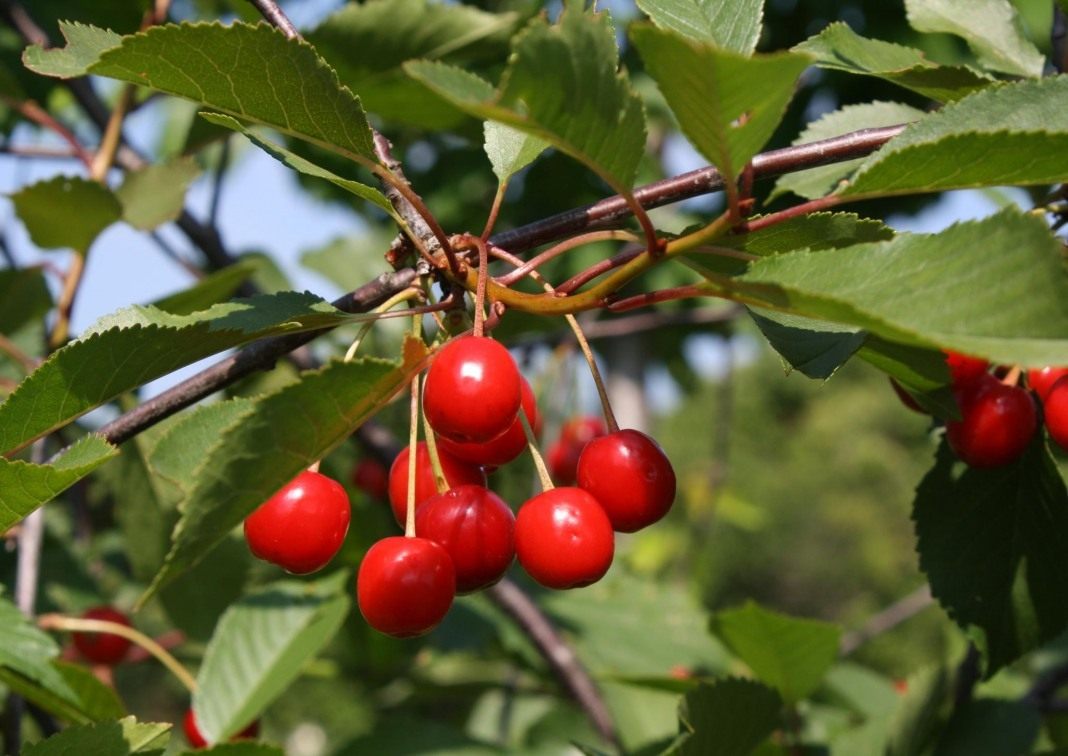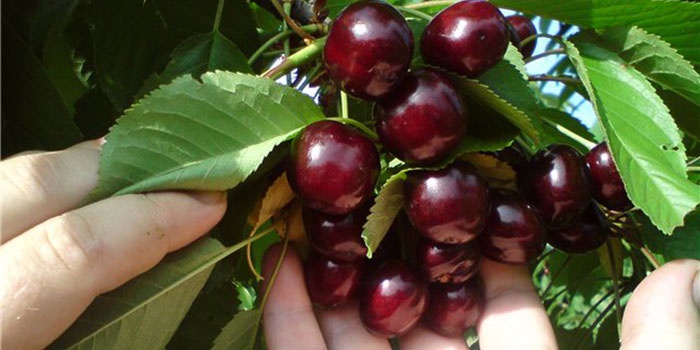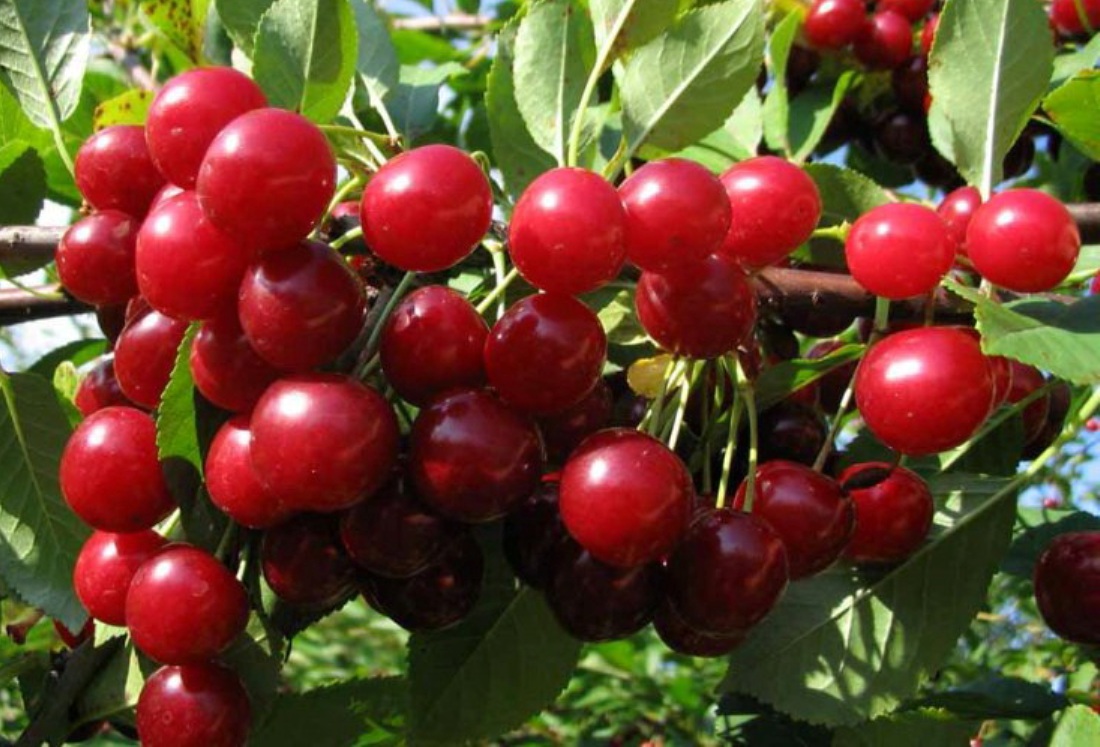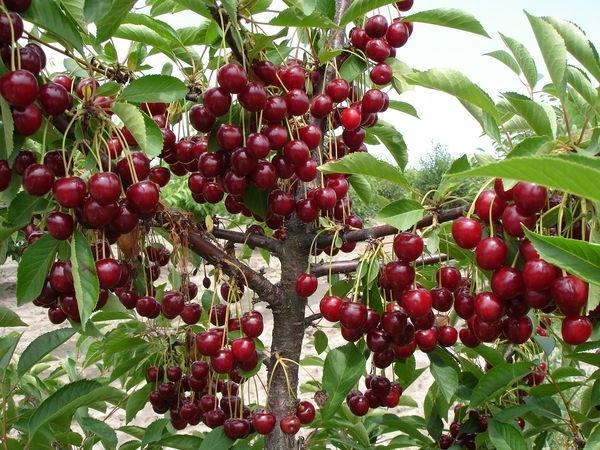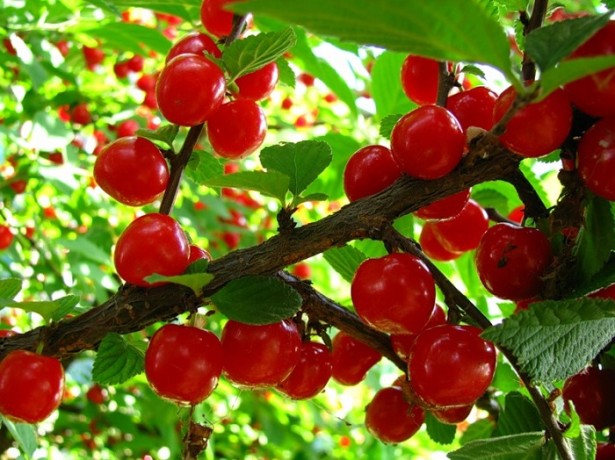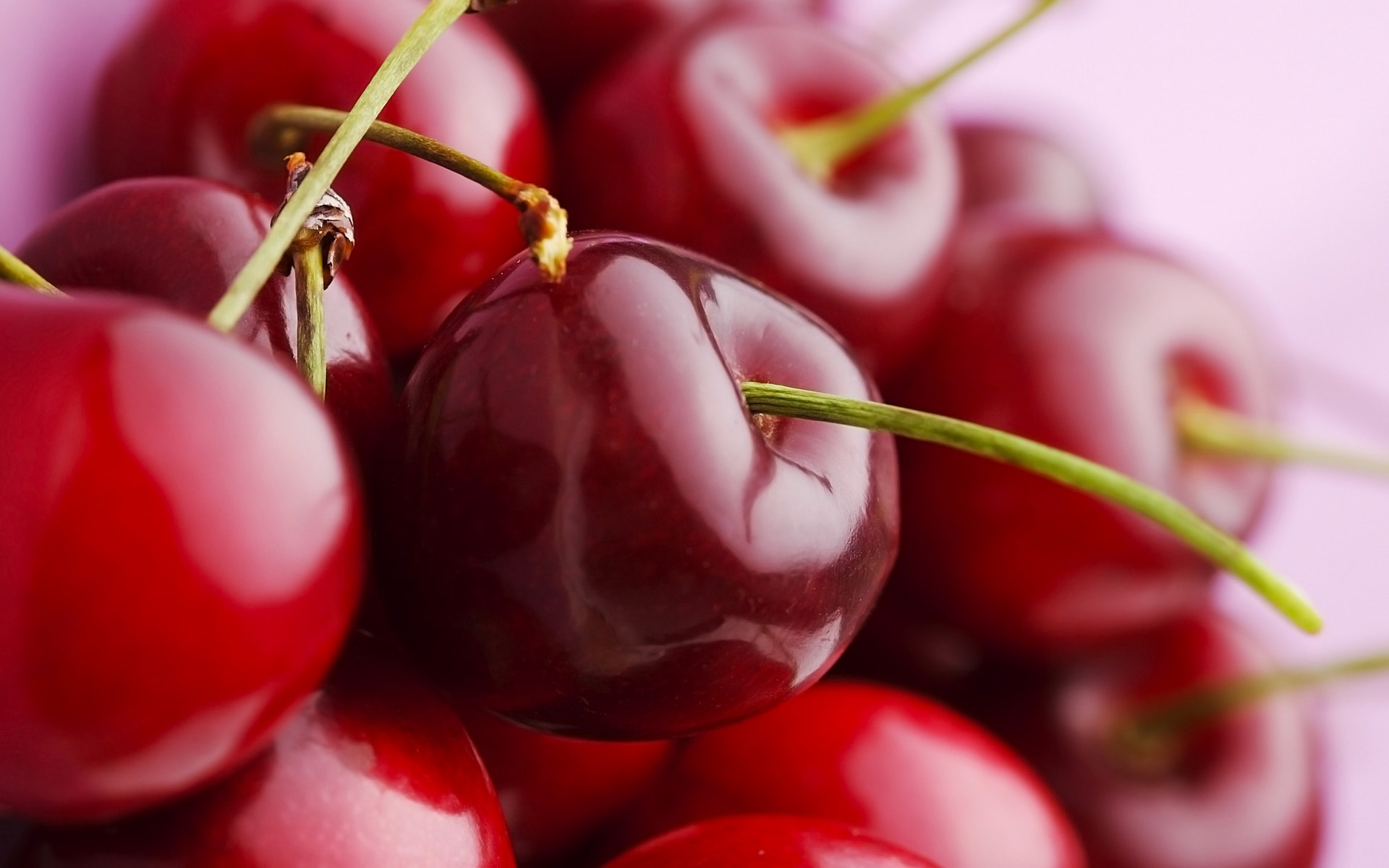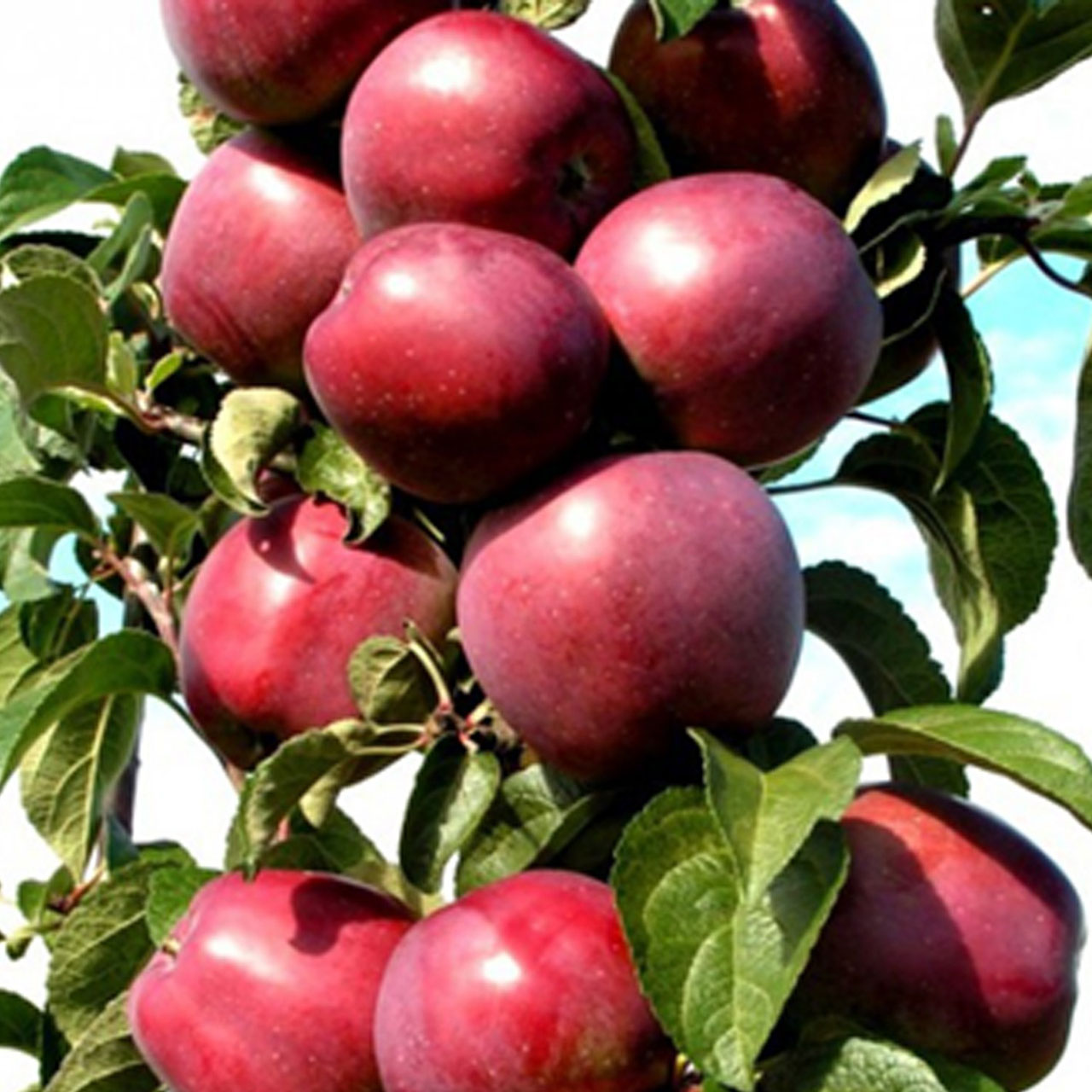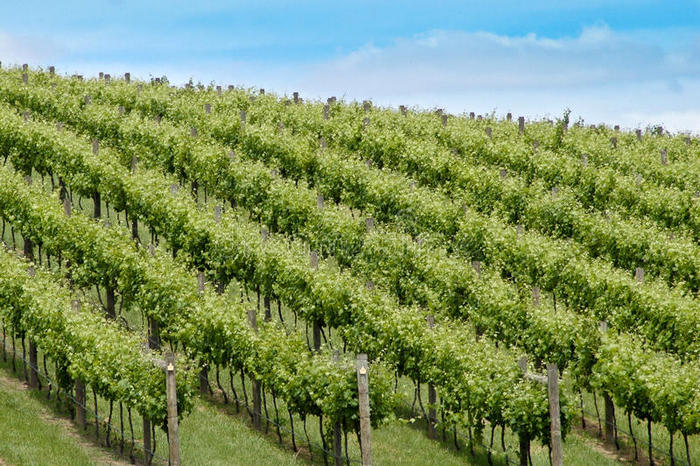It is not easy to find a garden plot that does not grow cherries. This tree does not require complex care, the fruits are used not only fresh, but also for preparing a large number of dishes. At first glance, it may seem that growing cherries in the north-west of our country is unprofitable. This is due to the rather difficult weather conditions typical for this region (severe frosts). But if you choose the right cherry varieties for the Yaroslavl region, Tver or Kirov region, you can get excellent harvests there.
general characteristics
Cherry belongs to the Rosaceae family. More than 150 varieties of this crop have been bred by breeders. The popularity of the bright berry is explained not only by the excellent taste of the berries, but also by their health benefits. The pulp of berries contains a complex of vitamins:
- A. Responsible for vision, strength of the human skeleton and teeth.
- B. Ensures the normal functioning of the central nervous system.
- Folic acid, iron. They have a direct effect on blood composition.
- C. Responsible for the immune system, the strength of the blood vessels.
- Coumarins. Maintain the tone of the body and all its systems.
It should also be noted that cherry leaves and their fruits have antibacterial properties. They are explained by the content of phytoncides that prevent the development of pathogenic microorganisms.
Cherry varieties for the Yaroslavl region
Despite the rather cold winters, cherries can be grown here as well as in other areas.
The best cherry varieties that are most suitable for growing in the Yaroslavl region:
The beauty of the north. This variety was bred by the breeder Michurin. The main advantage is its frost resistance. Trees are able to withstand frosts up to 50 degrees. In addition, the variety is resistant to the development of fungal diseases. This is of no small importance in the weather conditions of the northwest (high humidity).
The height of the tree does not exceed 3 m. The crop can be harvested in early June. The berries are bright red in color and weigh no more than 8 g. Gardeners are attracted not only by the pickiness of this variety, but also by the pleasant sour taste of the berries. The stone is medium in size and quickly falls behind the pulp.
Amorel. This undersized cherry variety is excellent for growing in the northwest. Resistant to low temperatures, good immunity to diseases. The tree is self-fertile, but provided that artificial pollination is provided, the yield increases by several orders of magnitude. One tree can produce approximately 6 kg of berries. You can harvest in the middle of summer.
Amorel Nikiforova. The tree is columnar, its height ranges from 2 to 2.5 m. It should be noted that it ripened early, which is excellent for the climate of the Yaroslavl region. Already for 2 years, you can harvest the first crop, which is ready to be harvested in the first half of summer. From one tree it is possible to get 5 kg of bright red fruits. Their flesh has a pleasant sweet taste. The bone is difficult to move away.
Griot Ostheim. It is a high-yielding variety bred by German breeders. Cold resistance is average. The height of the tree reaches 3-4 m. Its crown has a rounded shape. Varietal propagation material can be obtained from the undergrowth growing from the main trunk. This cherry variety is self-fertile.
The first crop can be harvested as early as 3 or 4 years. The weight of one sweet and sour berry ranges from 3 to 4 g.
Lotovaya. This is a European self-fertile cherry, which is characterized by average resistance to severe frosts, the possibility of freezing of fetal buds is not excluded. In order to avoid this, experienced gardeners recommend insulating the tree trunk for the winter.
The branches of the tree hang down to the ground. The crown is not thick. The tree is not tall (no more than 2, 5 m). Fruits ripen late (early August). They are shaped like a heart.
Vladimirskaya. A fairly common cherry variety in the Yaroslavl region, because it is very resistant to low temperatures. This cherry variety is often used for cultivation in the Tver region. Refers to self-fertile. Its best pollinators are such varieties as Shubinka or Lyubskaya.
The height of the tree ranges from 2.5 to 3 m. The first harvest can be harvested only 5 years after planting the seedling. Yields range from 5 to 20 kg per tree.
The berries reach 4 g.
Shimskaya Shpanka. Bred by Novgorod breeders. Differs in winter-hardy properties, but is susceptible to the development of fungal diseases. This variety is self-fertile. The best pollinators are Korostynskaya cherry or Vladimirskaya. The height of the tree does not exceed 3 m. Its crown looks like a bush with sparsely located branches.
Cherry begins to bear fruit starting from 3-4 years after planting in the ground. The weight of one berry reaches 4 g. The juicy pulp has a raspberry color and a sweetish-sour taste. Medium-sized bone can be easily separated from the pulp.
Lyubskaya. The tree can withstand frosts up to 45 - 50 degrees. In addition, it is worth noting the high yield of this cherry variety. The crown of the tree has a rounded shape, the branches are gently lowered to the surface of the earth. The variety is self-fertile. This means there is no need to plant other varieties of trees nearby for pollination. The height of the tree does not exceed 2 m.
The first crop can be harvested as early as 3 years after planting the seedling. The berries are fully ripe at the end of August. They are dark red in color and weigh 4 - 5 g.
Ruby. The variety has an average winter hardiness. This is a self-fertile cherry. Varieties such as Vladimirskaya or Otechestvenny cherry can be used as pollinators. The crown of the tree branches quite strongly and reaches a height of 2 m.
Cherries begin to bear fruit only at the age of 5. The berries have a sweet and tart taste. The weight of one fruit does not exceed 4 g. The juicy pulp has a yellow taste. Medium-sized stone separates well from the pulp. If we talk about the disadvantages, it should be noted the low transportability of the berries of this variety. In this regard, trees are recommended to be used only in private households, and not for industrial purposes.
Shubinka. The tree reaches a height of 4 - 4.5 m. Its pyramidal crown is well developed. The variety has an average resistance to low temperatures (the possibility of freezing of the bark or buds is not excluded). The first harvest will give only 5 - 6 years after planting the seedling. From a tree you can get from 6 to 8 kg of berries.
The fruits fully ripen at the end of August. They are quite firmly adhered to the stalk and do not crumble. They are lightweight (2 - 2.5 g) and round. The pulp tastes sour.It quickly and easily moves away from the bone. This variety is self-fertile. The best pollinators for him are Vladimirskaya or Polevka cherry.
A wide variety of varieties of cherry trees suitable for cultivation in the Yaroslavl region allows gardeners to choose exactly the type of tree that suits the main characteristics.

